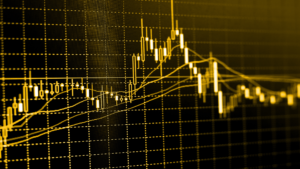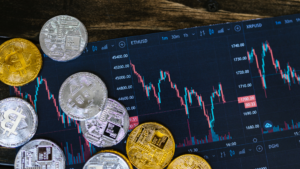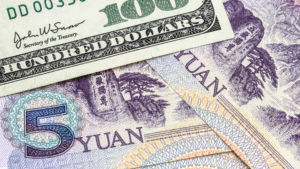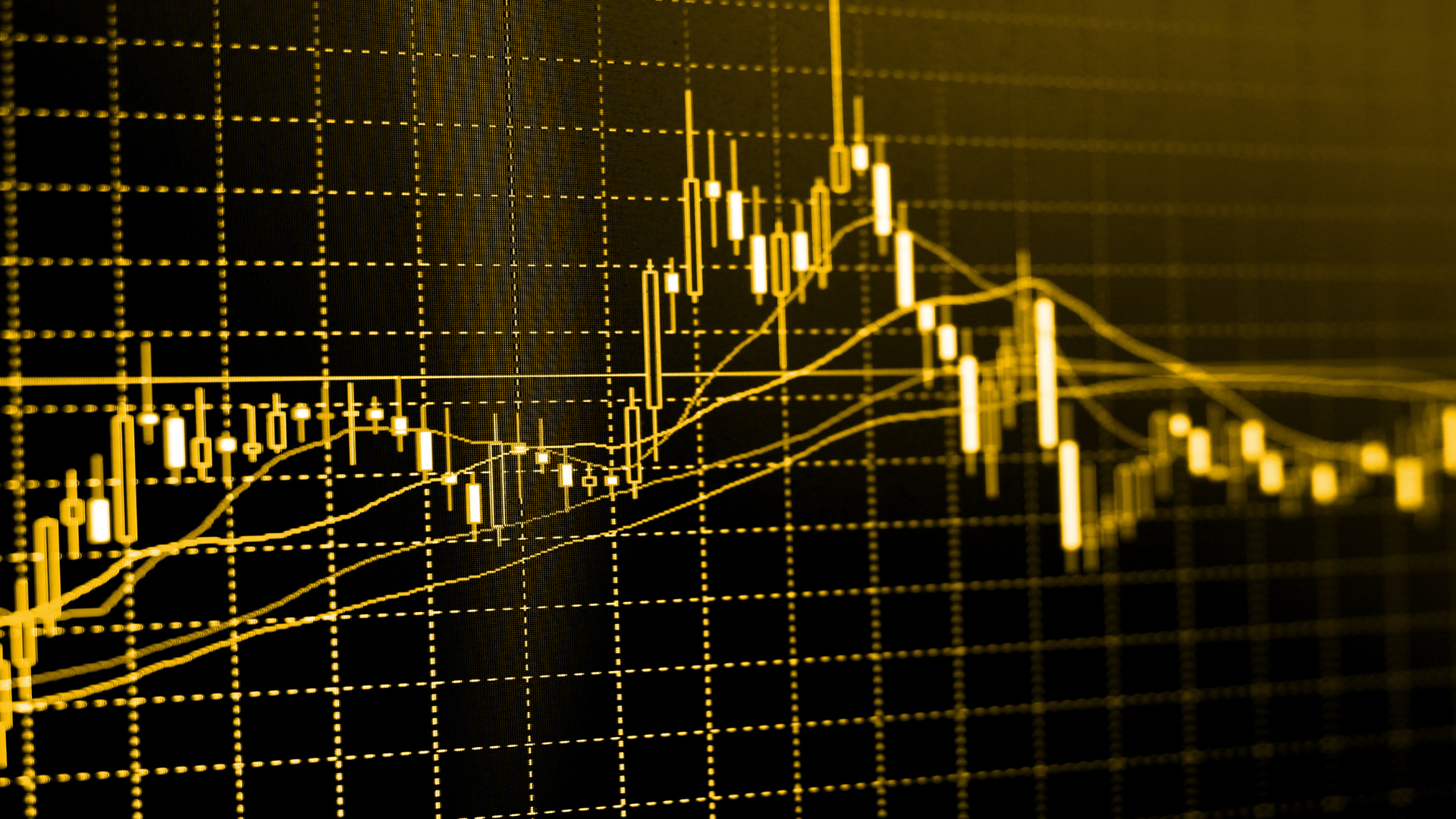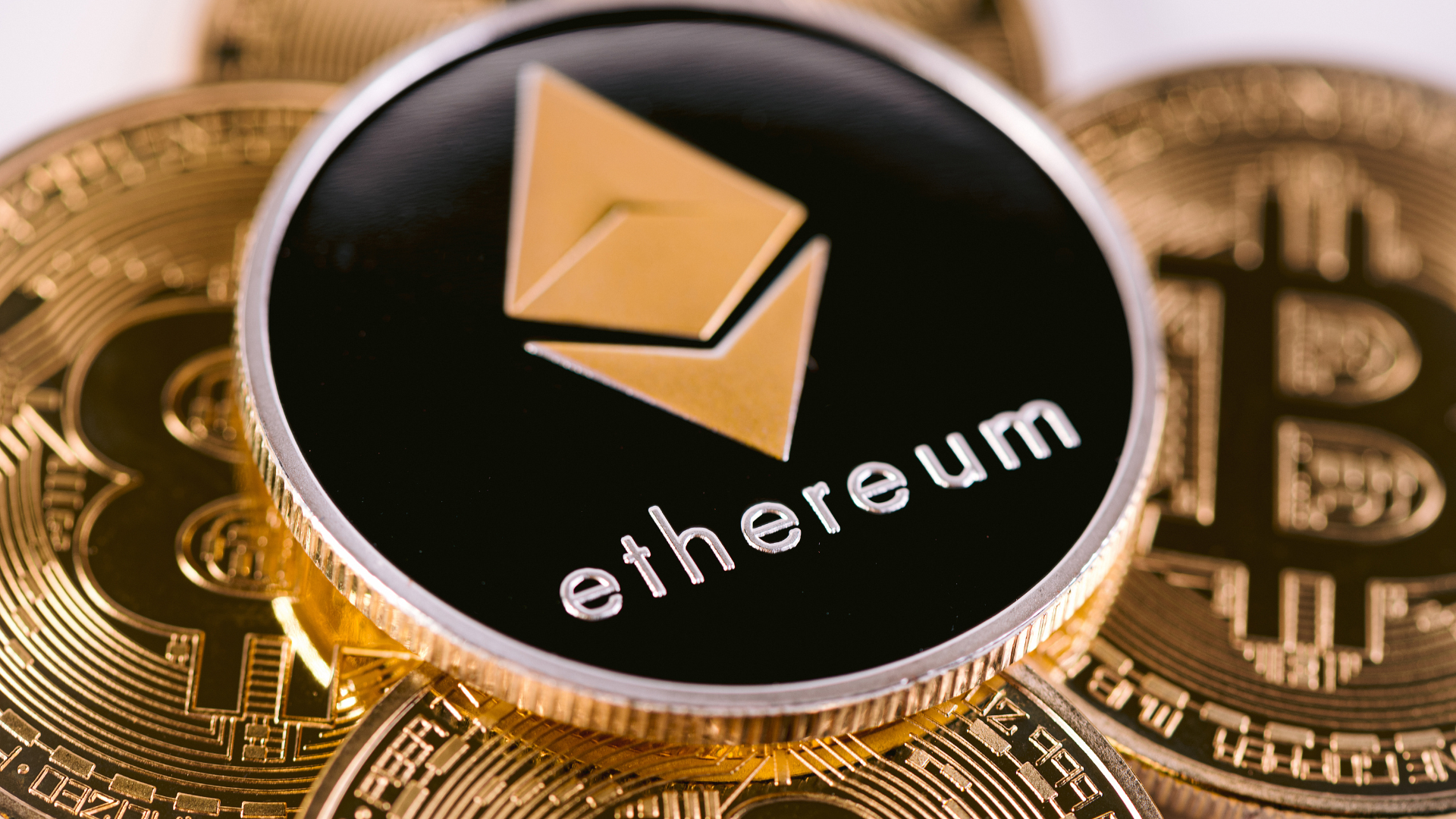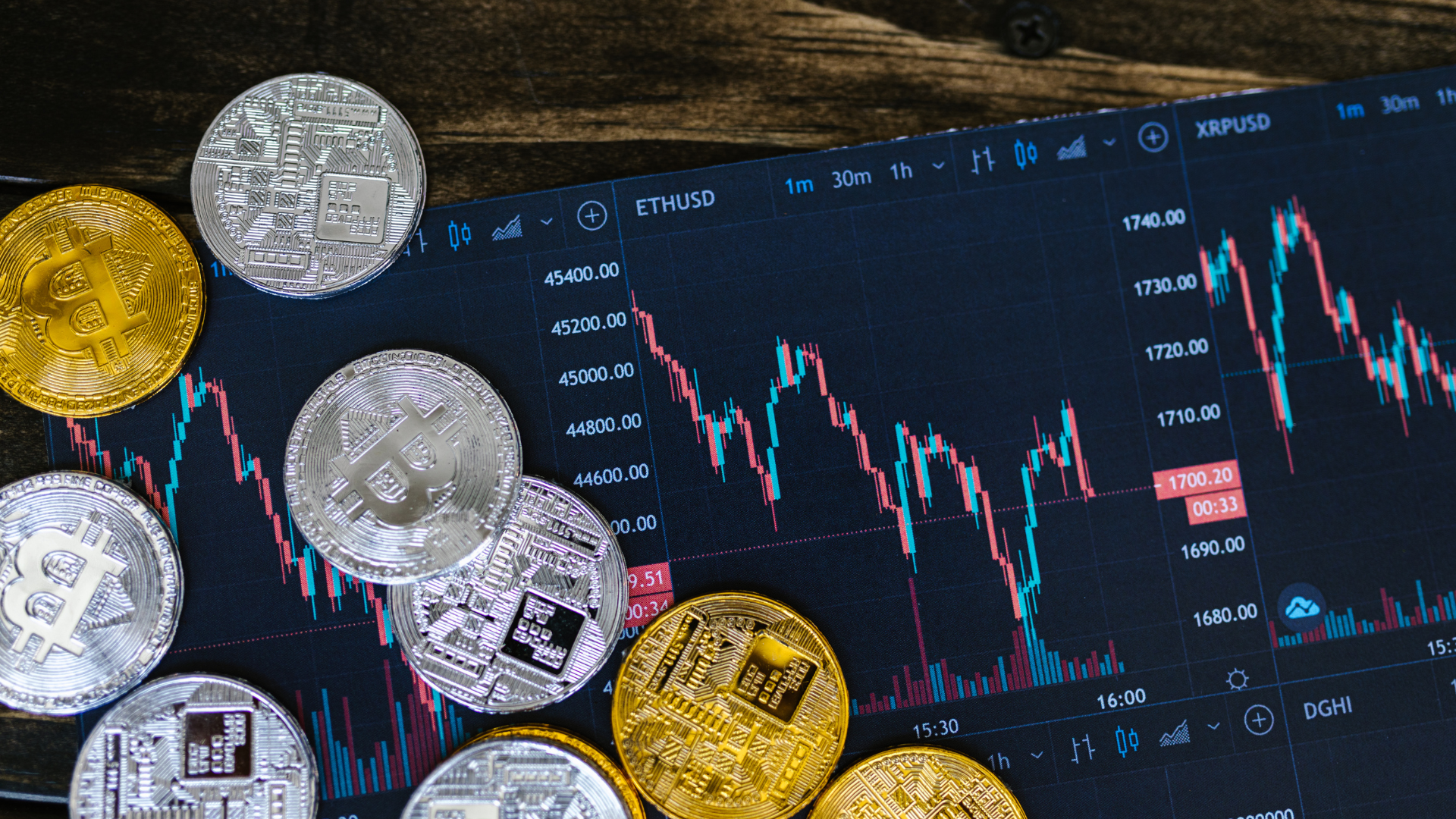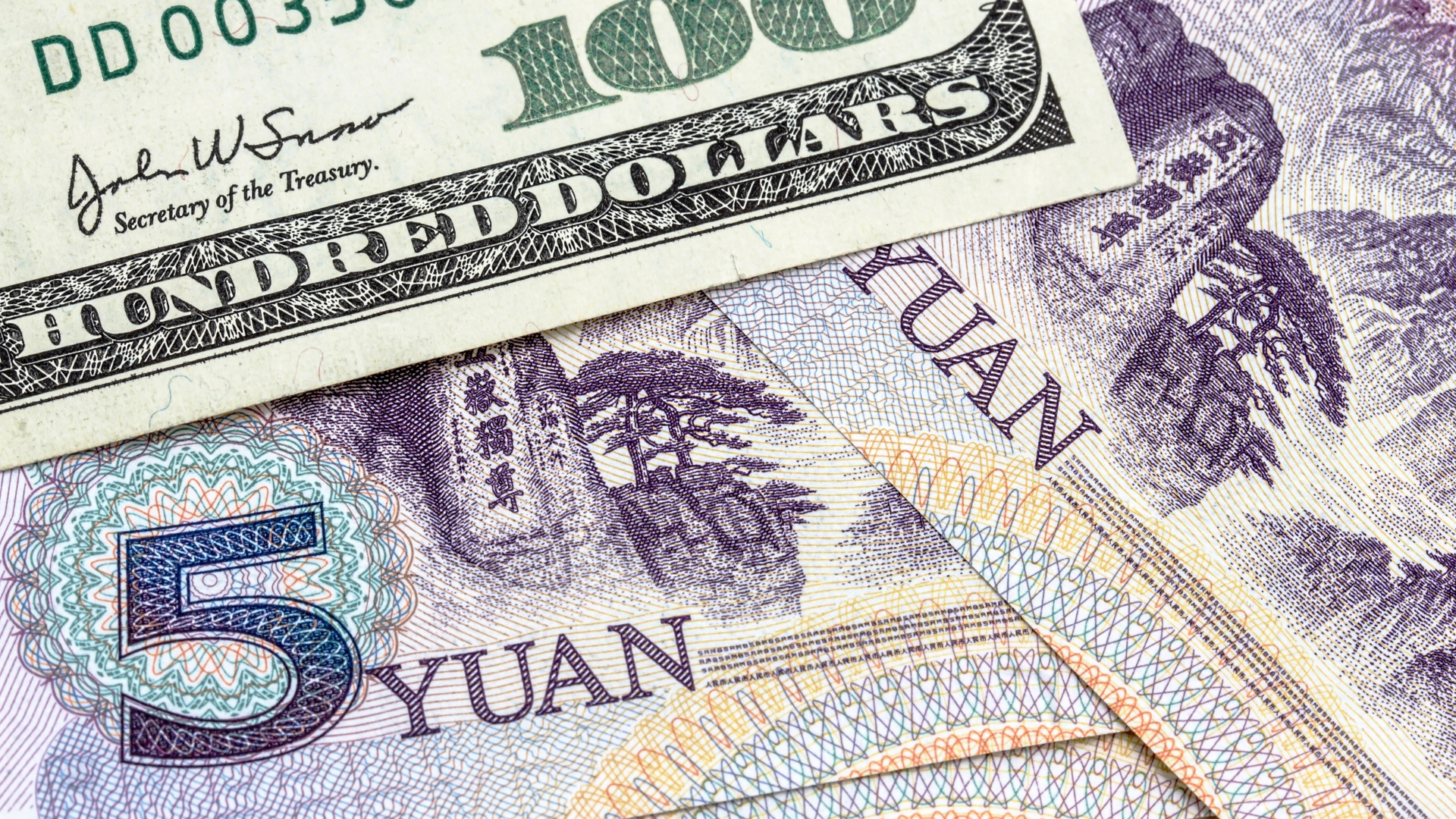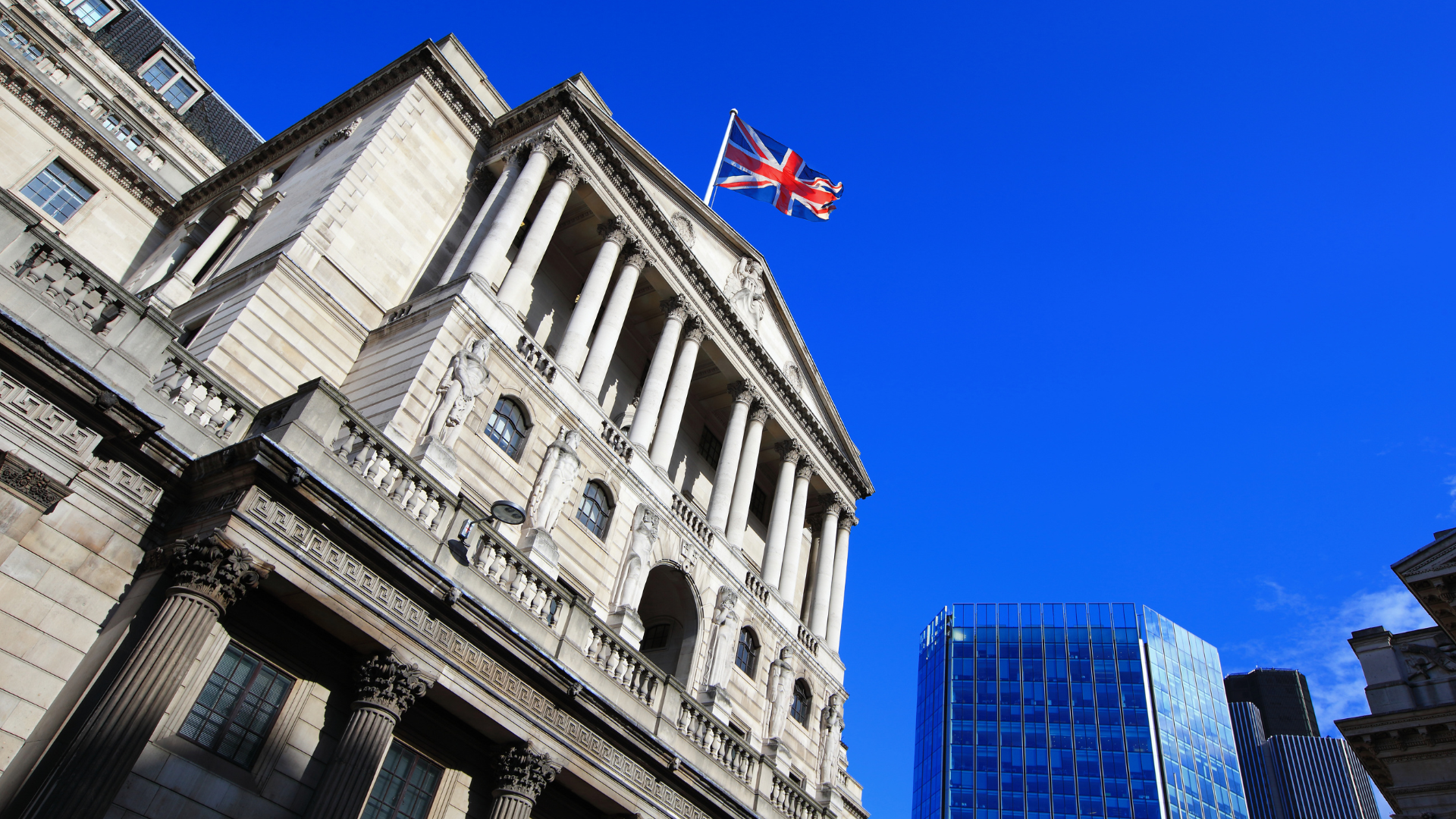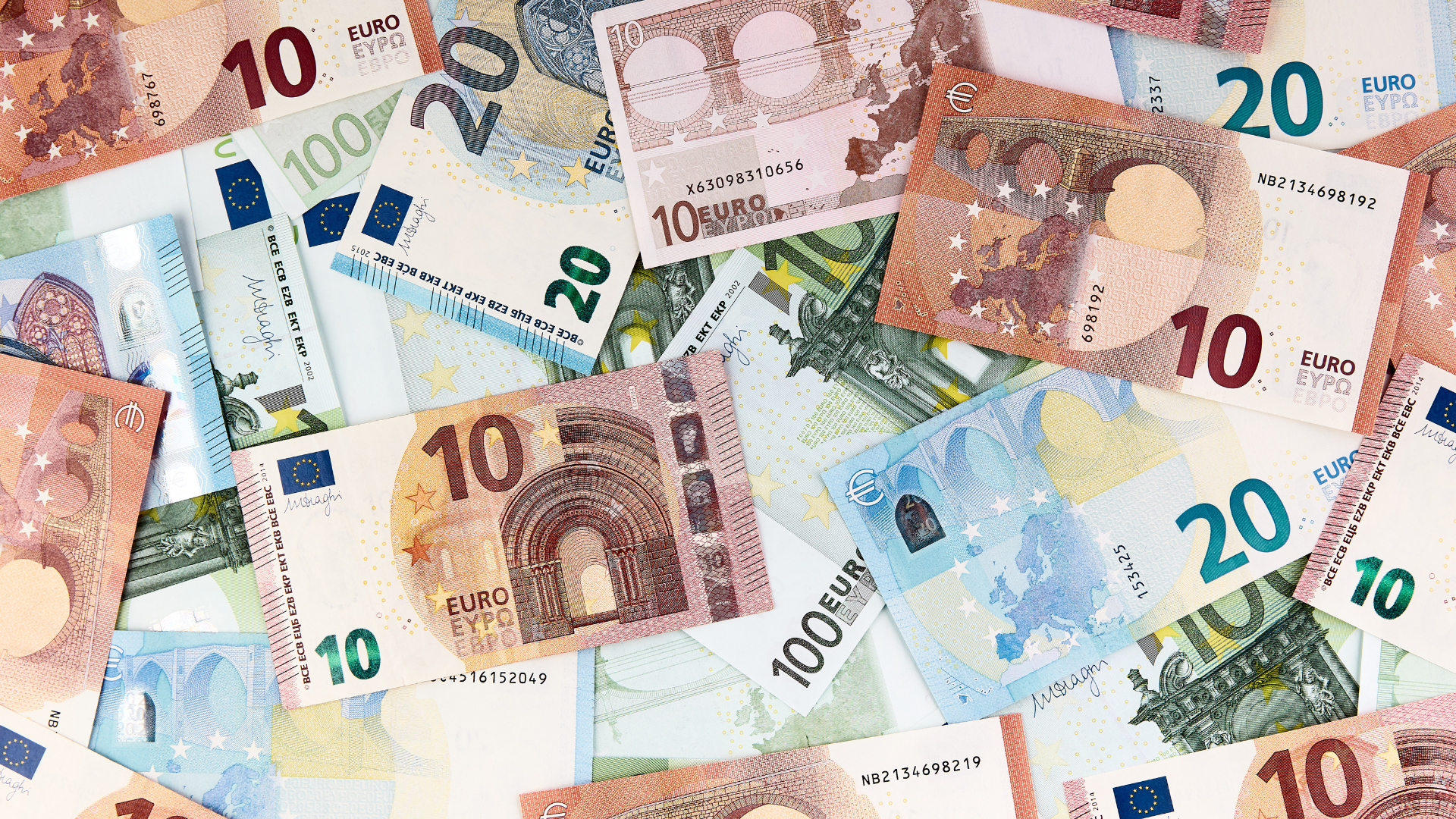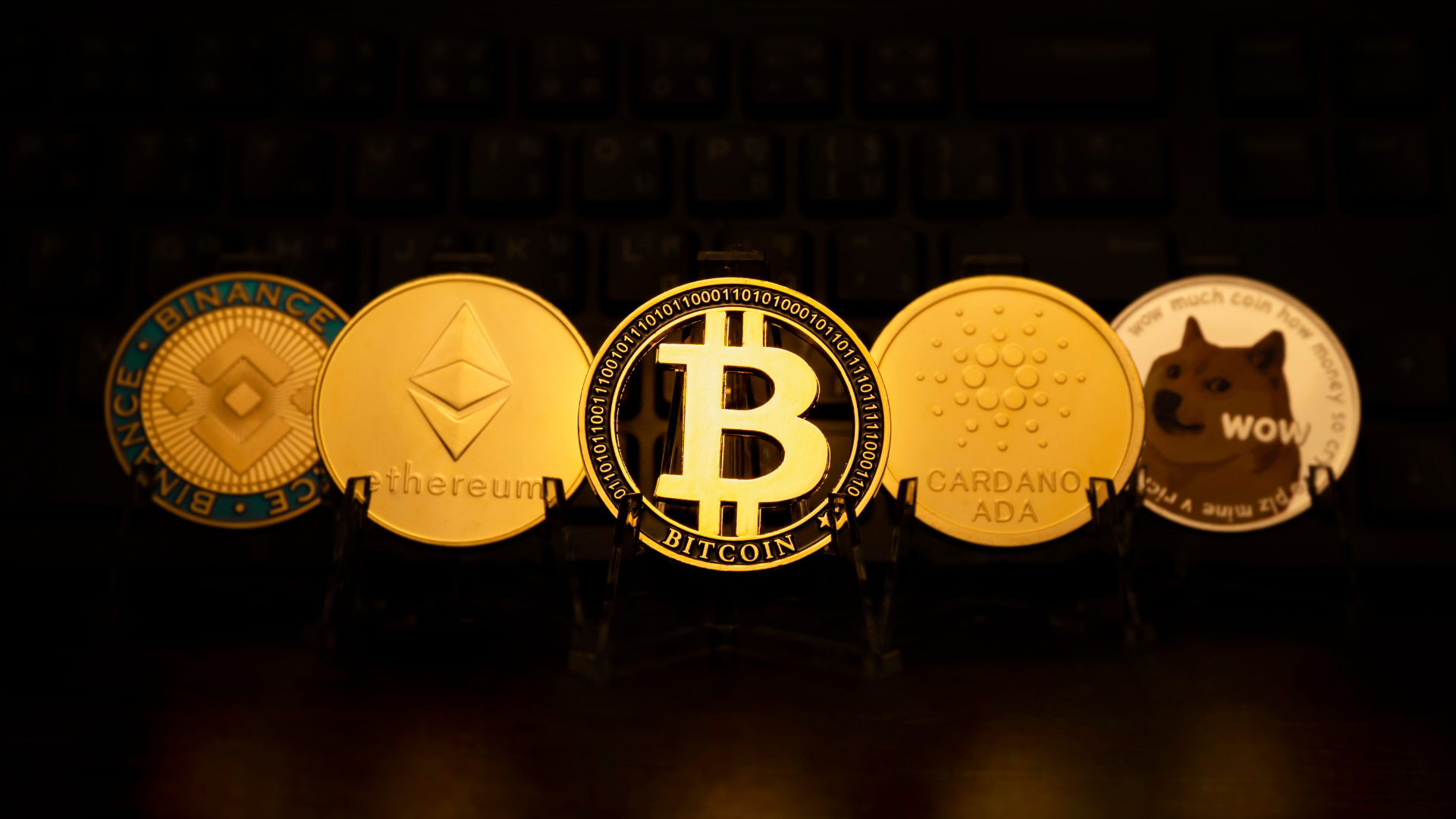Gold prices continue to gain momentum, with analysts eyeing a potential move toward $3,000 per ounce as safe-haven demand surges. Mounting economic uncertainty, geopolitical tensions, and expectations of prolonged central bank easing have fueled investor interest in the precious metal, reinforcing its role as a hedge against volatility.
Market participants have been increasing allocations to gold amid concerns over inflation and global financial stability. With equity markets showing signs of strain and bond yields fluctuating, investors are turning to gold as a store of value. The weakening U.S. dollar and potential shifts in Federal Reserve policy have also contributed to the metal’s upward trajectory.
Recent buying activity from central banks and institutional investors has provided further support for gold’s bullish outlook. Several nations have been increasing their gold reserves, reflecting confidence in the metal as a long-term safeguard against currency depreciation and economic downturns. Demand from ETFs and retail investors has also remained strong, adding to the upward pressure on prices.
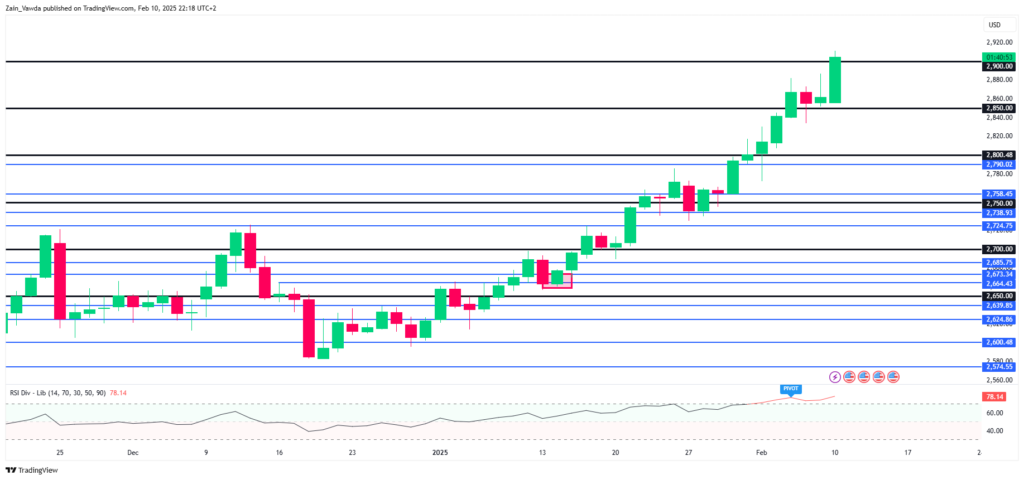
Despite gold’s rally, some analysts warn of near-term pullbacks, particularly if economic data suggests a more stable macro environment. However, any dips in price may be viewed as buying opportunities, with long-term sentiment still favoring higher valuations. If inflation persists and geopolitical risks intensify, the $3,000 target could become more attainable.
Technical indicators show gold maintaining a strong bullish trend, with key resistance levels being tested as demand remains elevated. A break above recent highs could trigger further momentum buying, while any retracement may find strong support from investors looking to hedge against uncertainty.
For now, gold’s trajectory remains firmly upward, with market conditions aligning for a potential push toward the $3,000 milestone. As global risks persist, investors will continue to monitor central bank policies, inflation trends, and geopolitical developments to gauge the strength of the rally.







